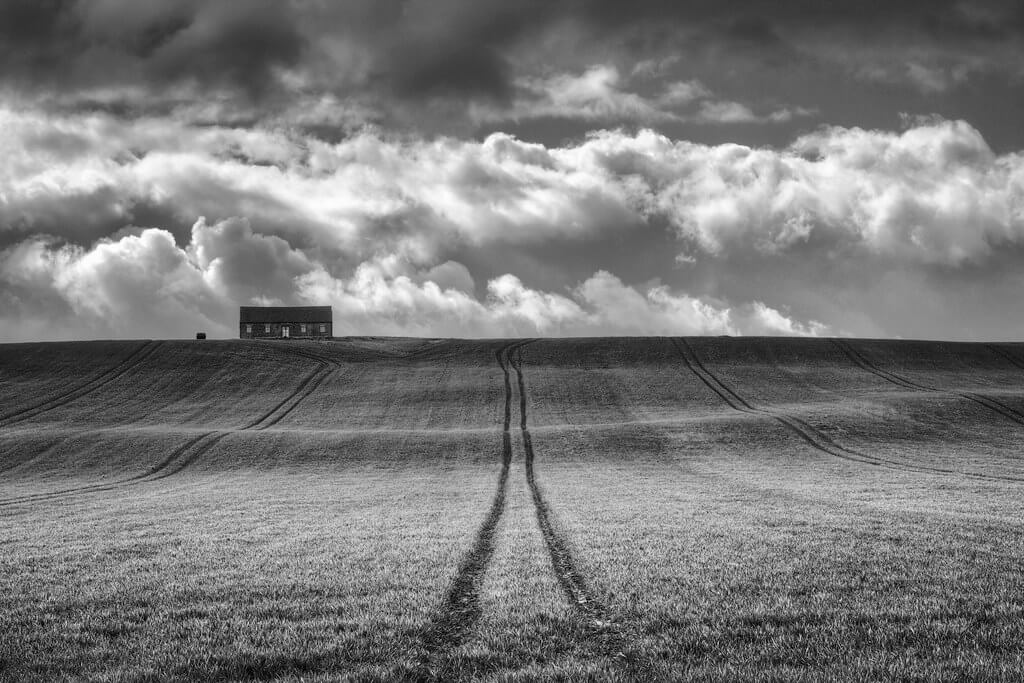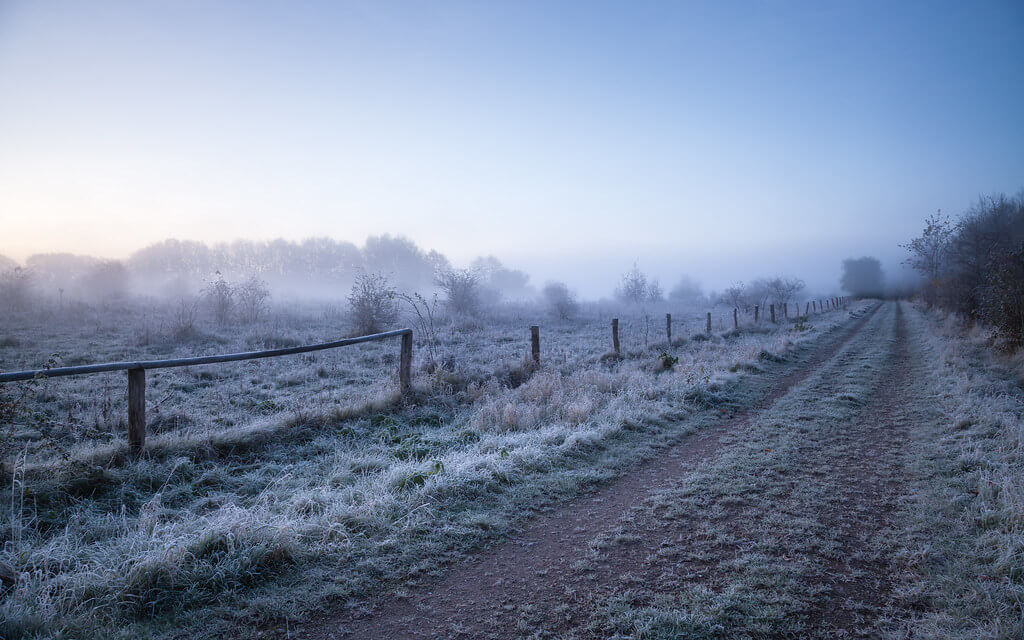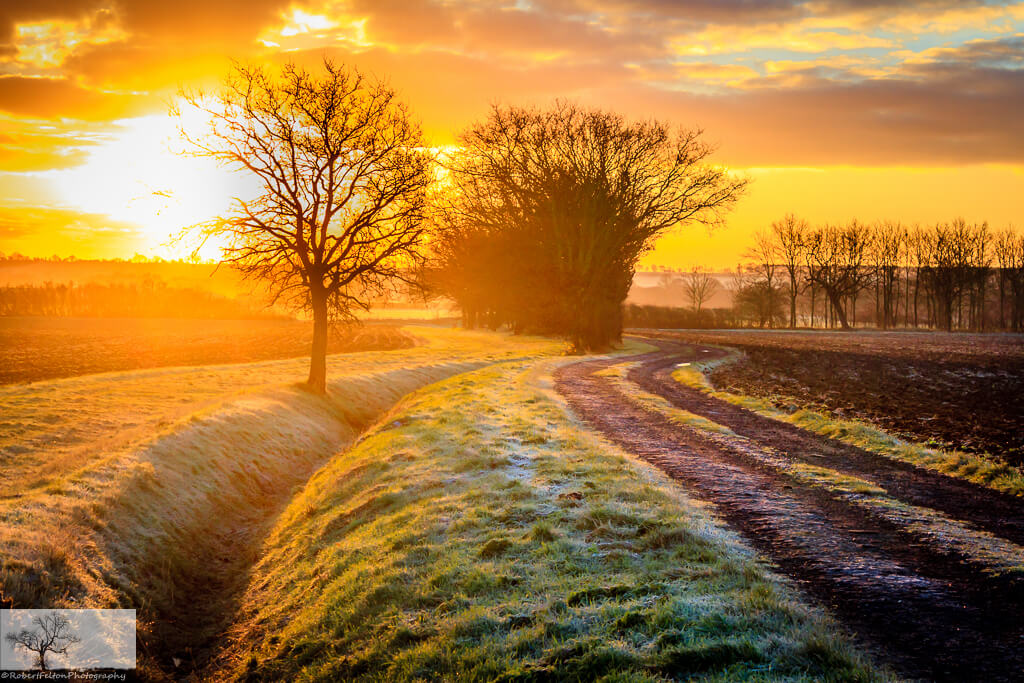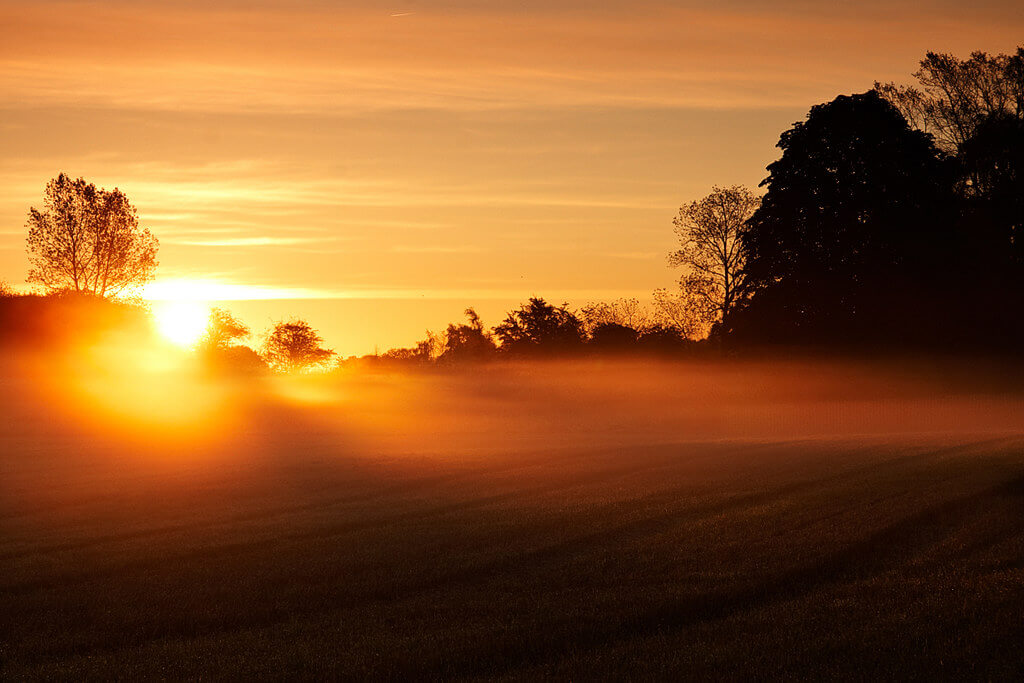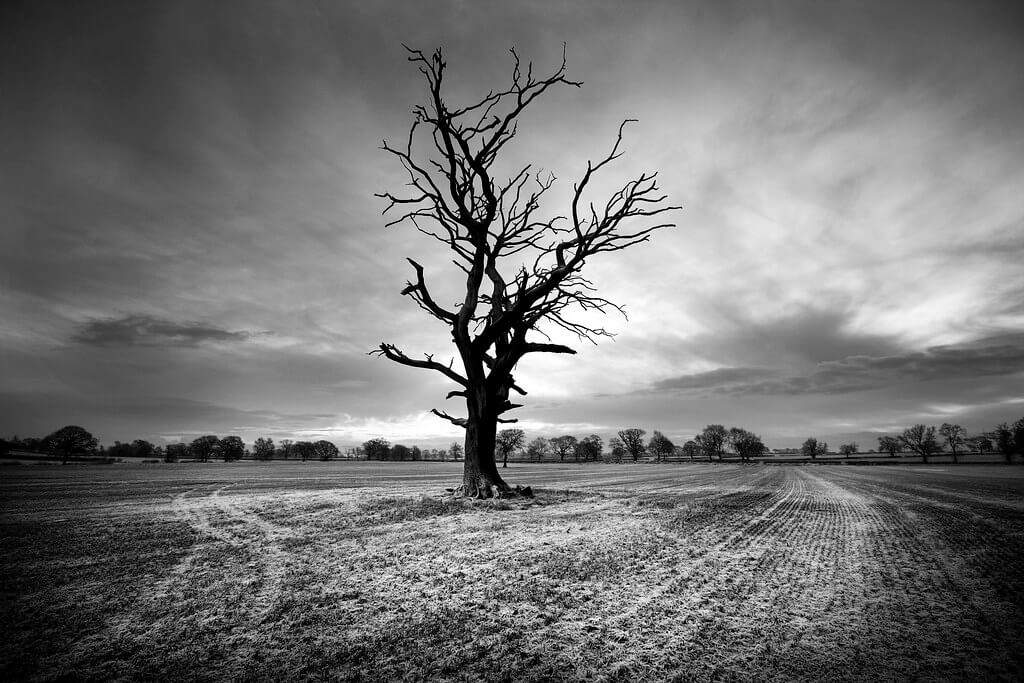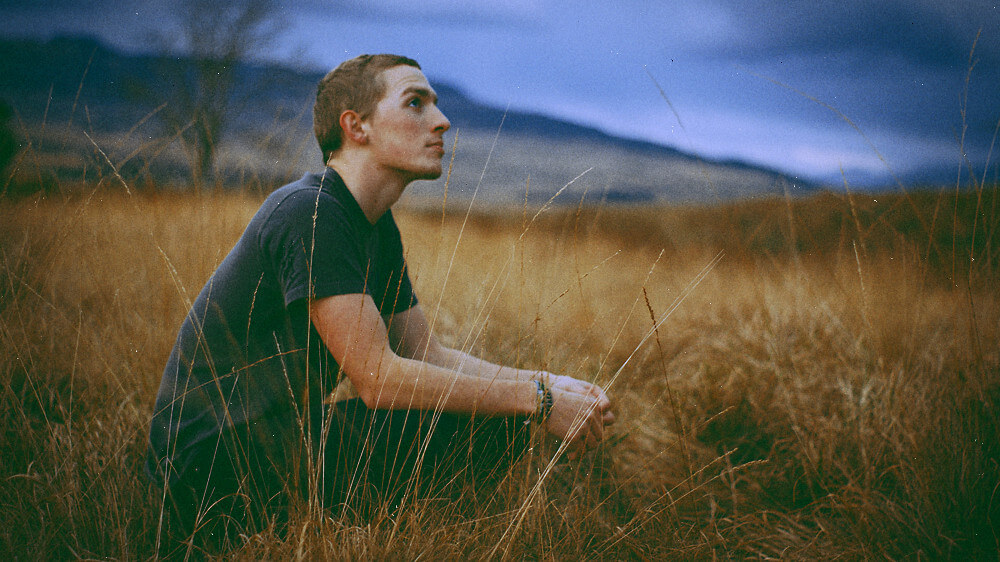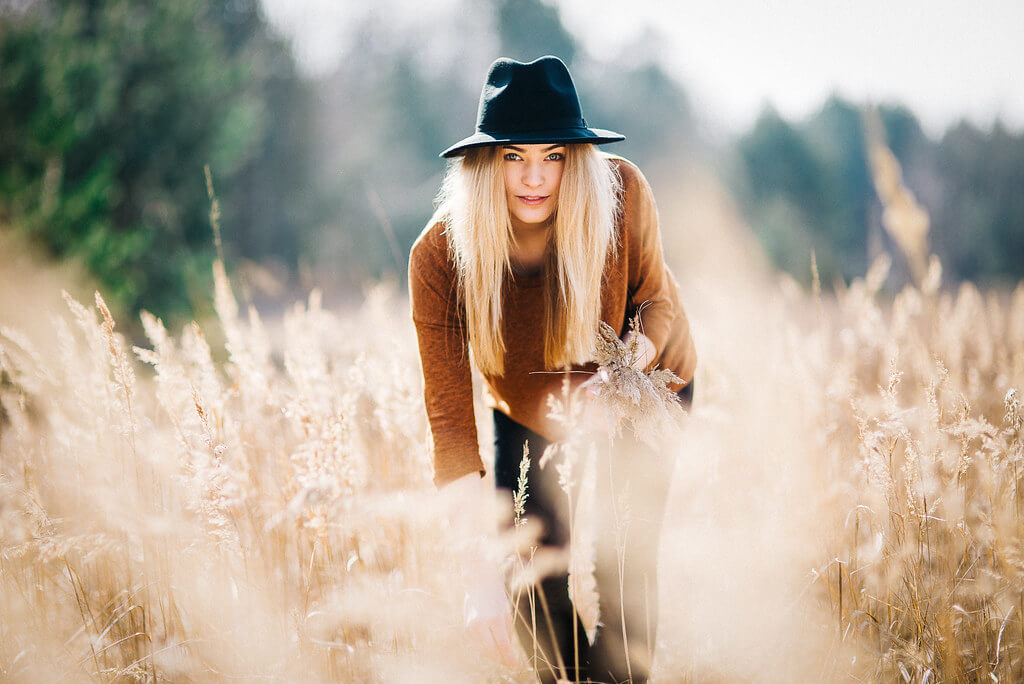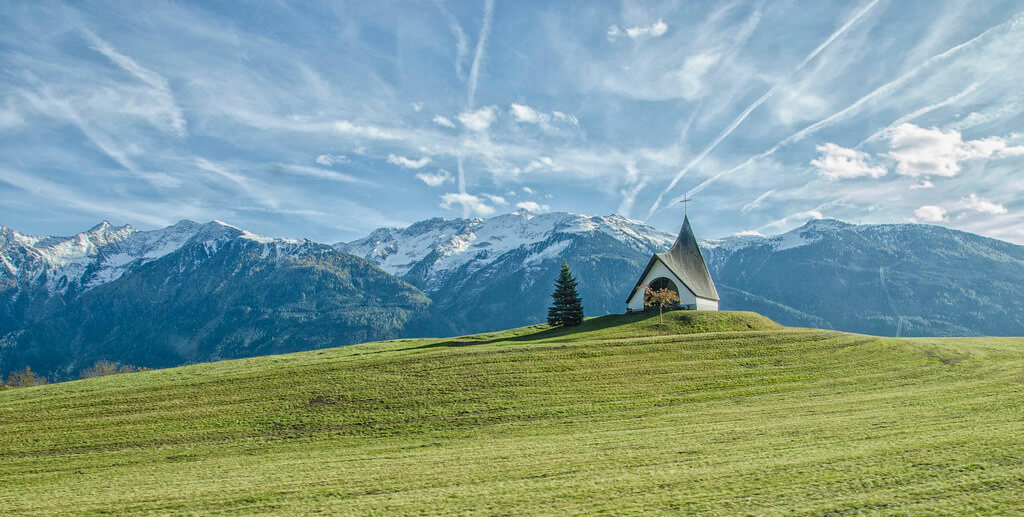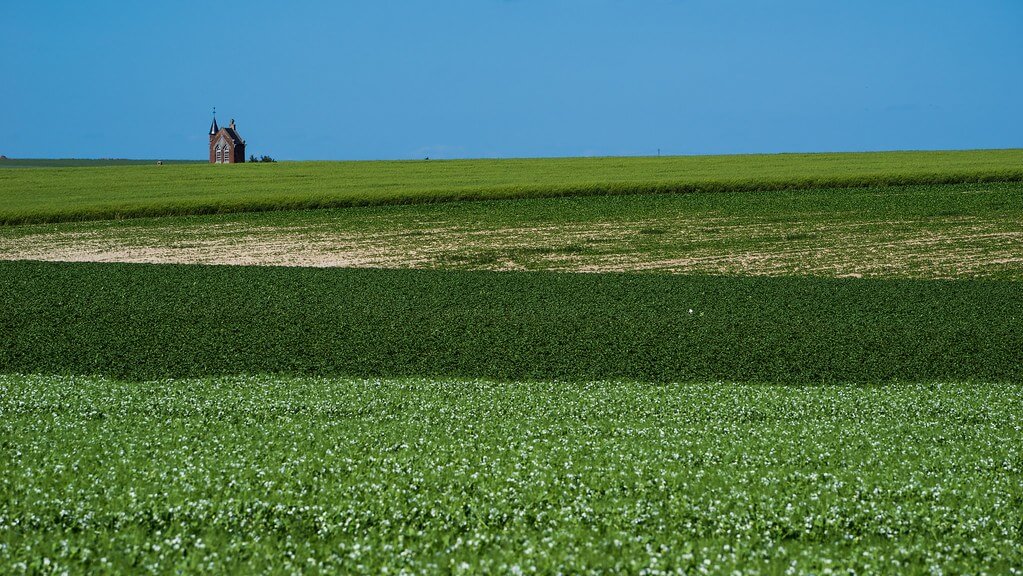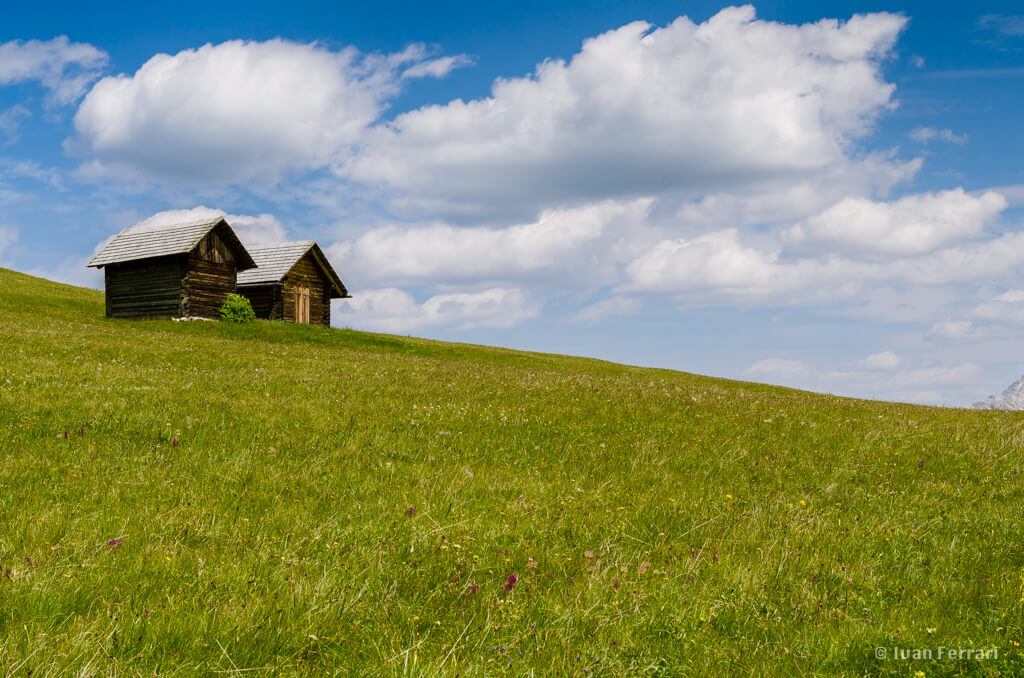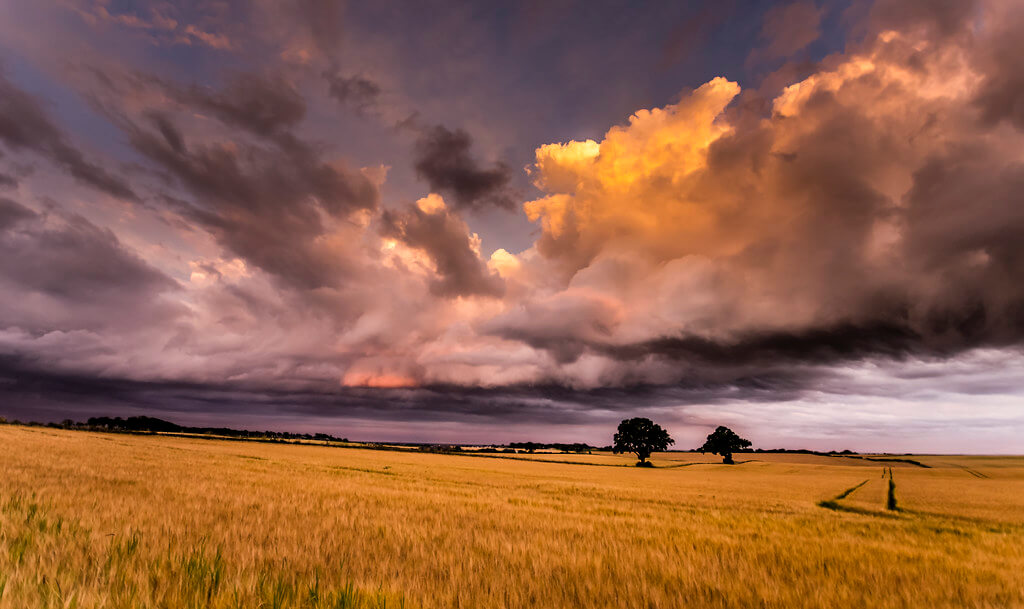Unlike mountains, fields and meadows don’t usually catch much attention. Especially if they’re flat and featureless, you may not even notice them as you drive by.
However, that dullness is exactly what makes them great photography subjects. Their simplicity is perfect for bringing out other subjects. Even subjects that don’t seem interesting can stand out and look striking in a field.
The emptiness of fields can also give your photo a moody atmosphere. A field can seem either peaceful or lonely, depending on your subject. An abandoned house or bare tree standing alone can create a lonely atmosphere, while colorful flowers or a portrait of a happy kid can seem peaceful.
Even the most boring field can be worth photographing. The key is finding the right subject and composition. Next time you see an empty field or meadow, here are some cool photography ideas to try out.
Ideas for Photographing Fields and Meadows
Lines
Though fields may seem empty at first glance, they actually often have lines or patterns you can photograph. A meadow might have a path or stream, and a field might have a fence or tractor tracks. In most cases, these lines are best captured heading towards the horizon, so the viewer’s eyes will quickly notice and follow the lines.
Richard Watkins LRPS – Crops in the Landscape
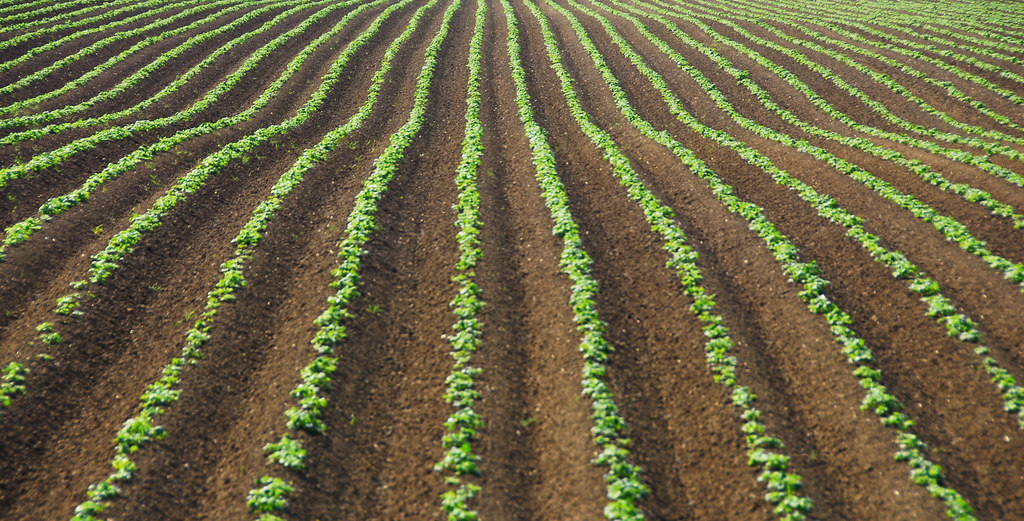
Noirathsi's Eye – Lazy summer evening…
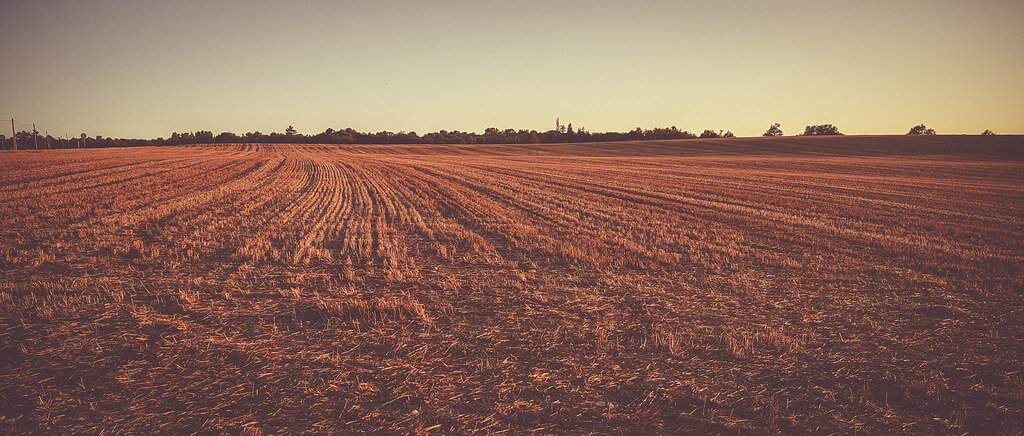
✓ Елена Пејчинова – Snow Paths
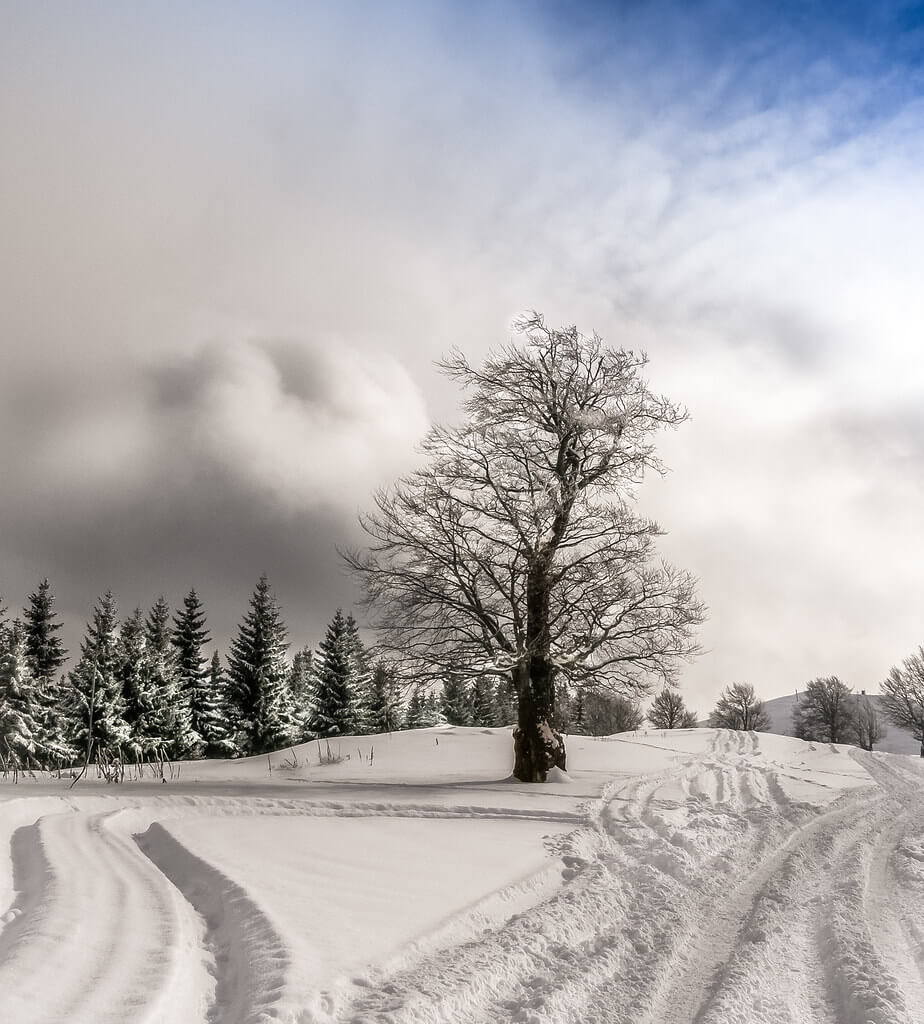
Backlighting
Backlighting can help bring out beautiful yet subtle subjects like grass, mist, and frost, which are all common in fields. To make these subjects shine with golden light, go out when the sun is low in the horizon around sunset or sunrise. This Golden Hour can make any subject look lovely, but it’s especially stunning in a field of long grass, turned to gold.
Jochen Vander Eecken – Nature’s Gold.
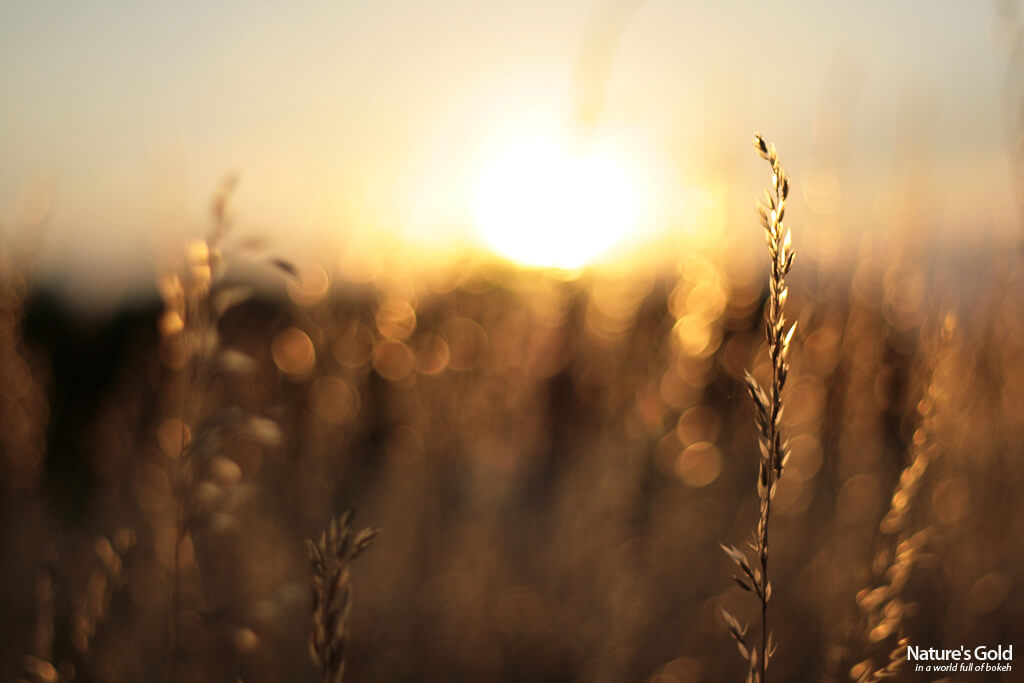
jordan parks – between sundown and darkness
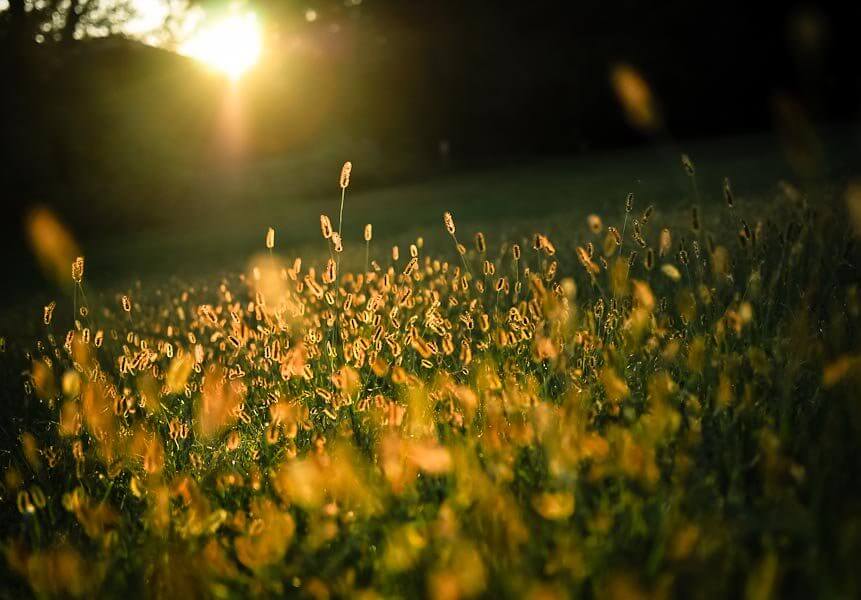
Federica Giordano – into the w i l d
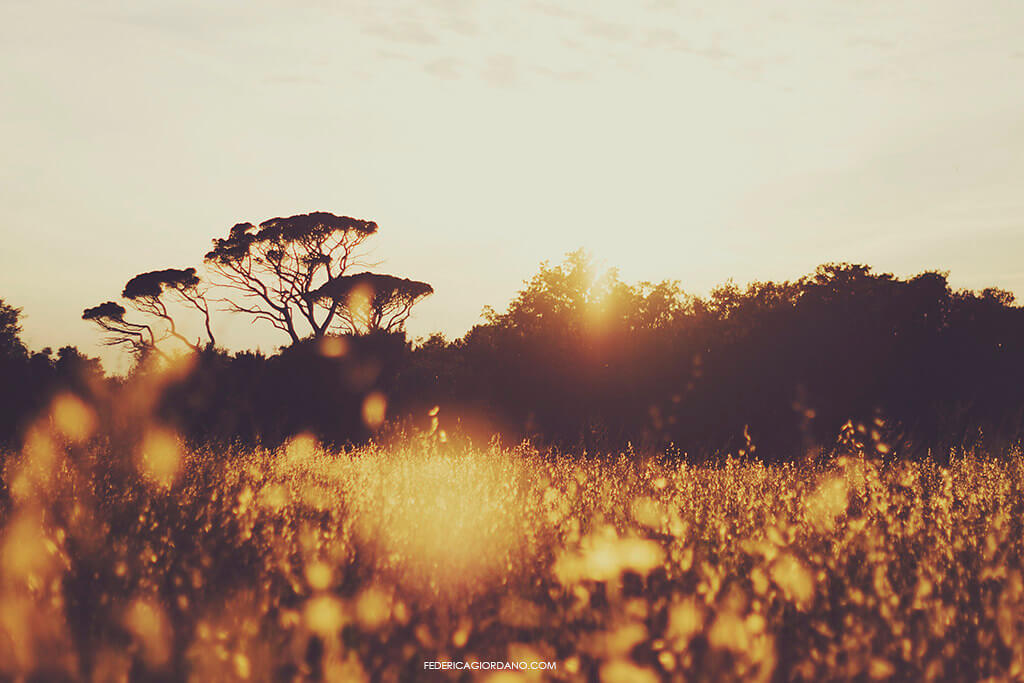
Height or Color Contrast
A monotonous field is perfect for creating contrast. A flat field can make a normal tree look like a giant, and a neutral-colored field can make a tiny flower stand out. These differences may not be obvious in person, but in a photo, you can make them obvious by focusing on them in your composition.
nicolas bello – Campagne Pas de Calais
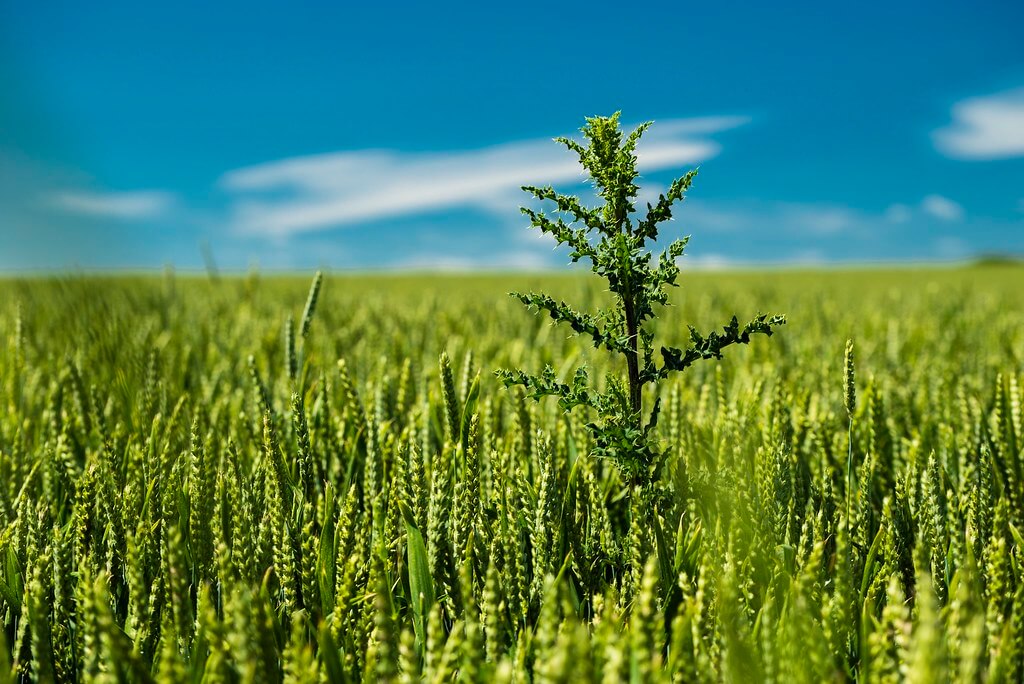
Alex Greenshpun – One of a Kind
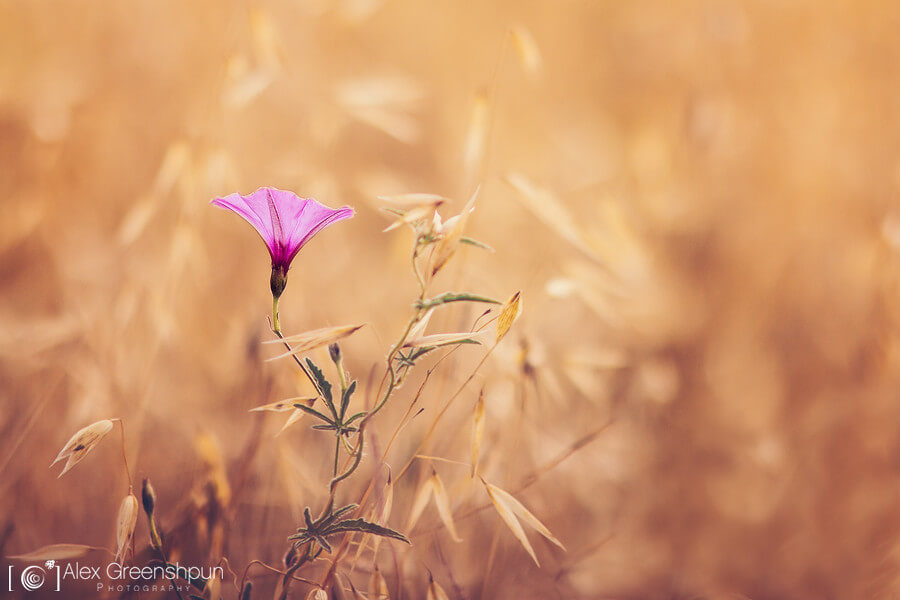
Richard Watkins LRPS – Lone Poppy Landscape
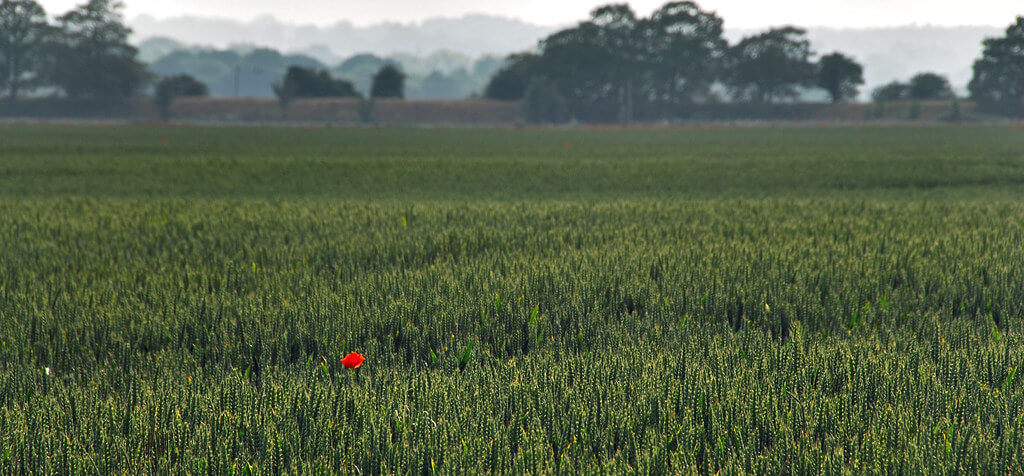
nicolas bello – Reims et sa région
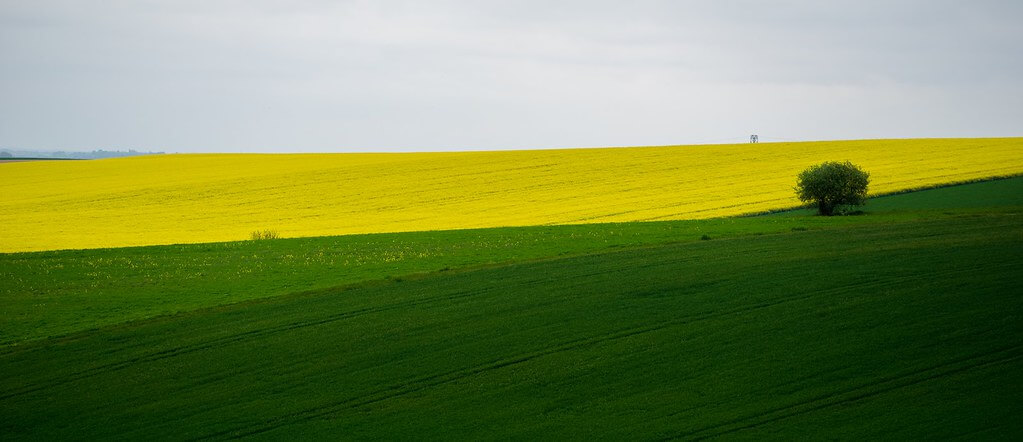
Portraits
Fields of wheat, hay, or brown grass are perfect settings for portraits. They give the portrait a rustic atmosphere, and their neutral color ensures that the model will stand out. Unlike forests or mountains, there are no other eye-catching subjects that can draw attention away from the model, yet you still get the beauty of a remote, outdoor location.
Malgorzata Kapustka – … August …
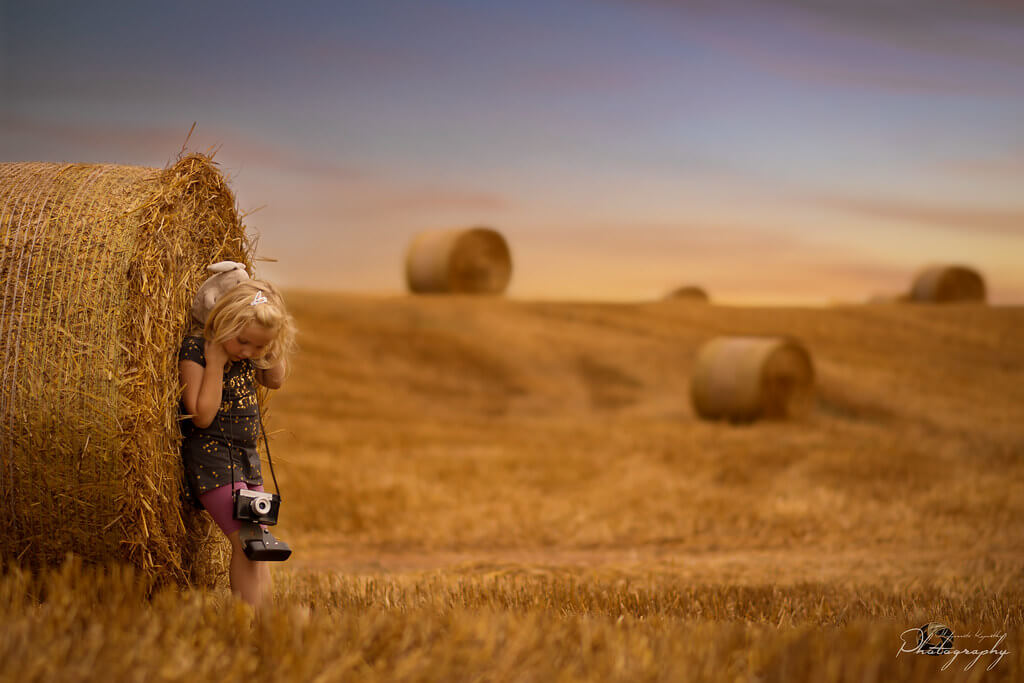
Malgorzata Kapustka – … golden hills …
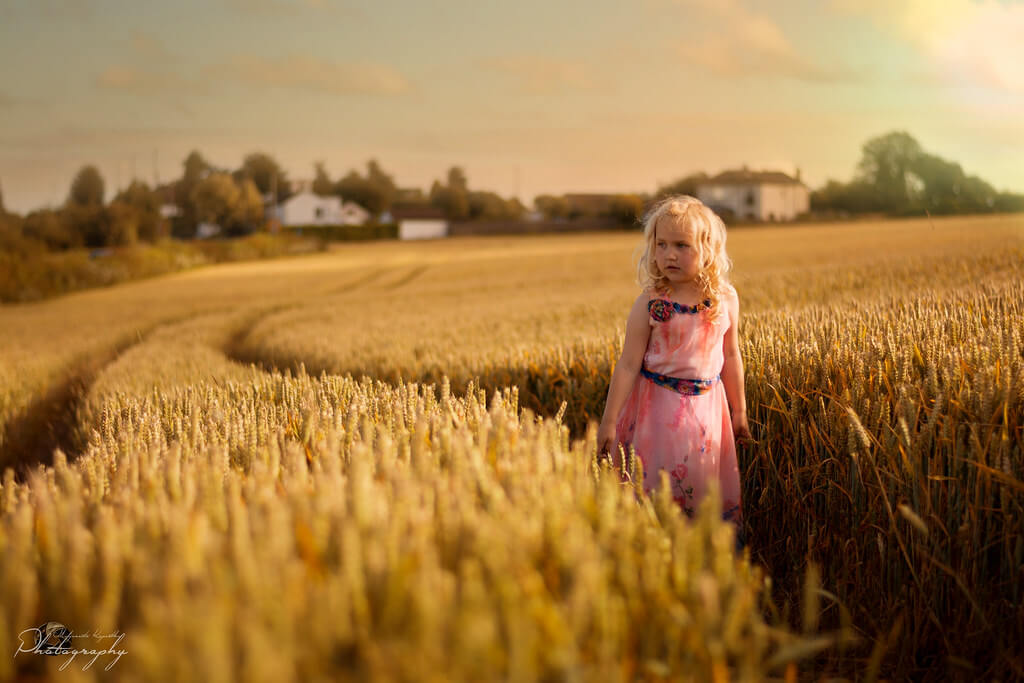
Malgorzata Kapustka – … just be free …
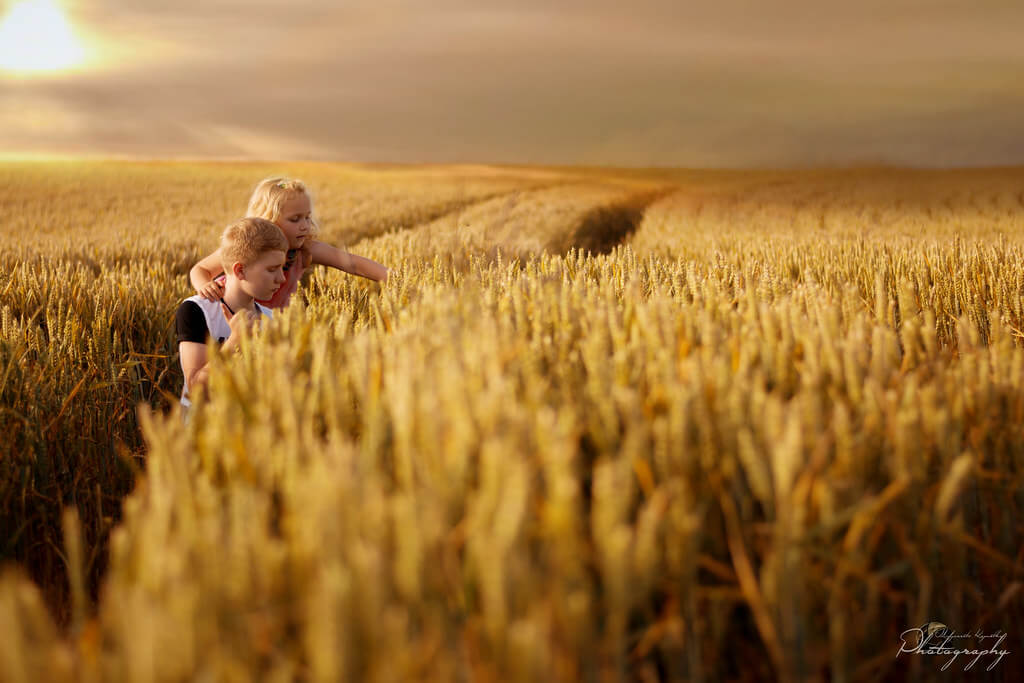
Buildings
Similar to portraits, a lone building is guaranteed to stand out in a field. It doesn’t matter how dilapidated and unremarkable its architecture is. It’ll still look interesting because of its height and strange location, sitting in the middle of a field.
Hammerin Man – Palouse Country
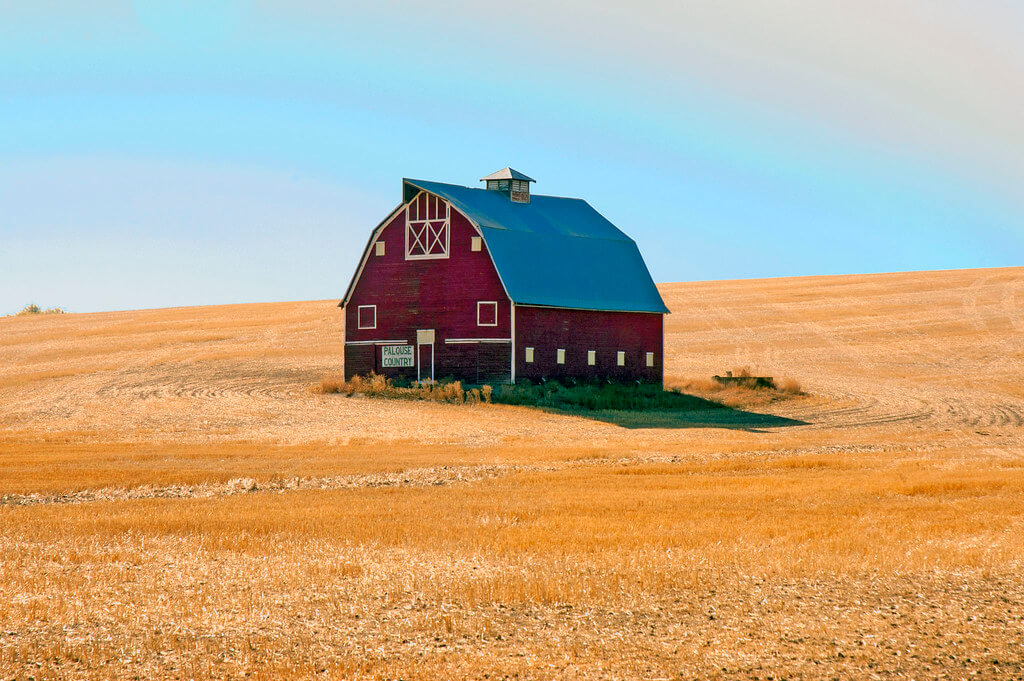
Fistfulofpowder – All eyes to the sky.
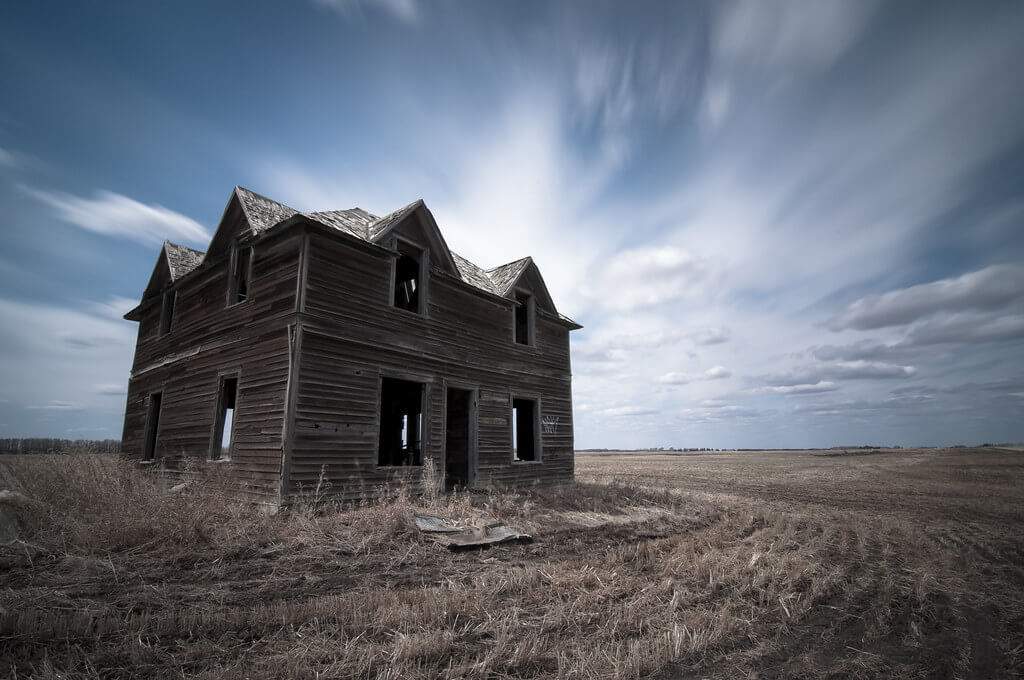
Stormy Skies
Large, monotonous fields are one of the best locations for photographing a cool-looking sky. There’s plenty of open space to show off the sky, and the flatness of the field will make the billowing clouds look more impressive.
You can get nice photos of fluffy white clouds over a field, but some of the most incredible skies appear when a dark storm is on its way. Of course, for safety reasons, you don’t want to be out in the field when the storm is getting close, but you can safely take photos when the storm is on the horizon. Before you go, read these tips for photographing storms and other extreme weather.
Fotis Mavroudakis – Ominous looking sky
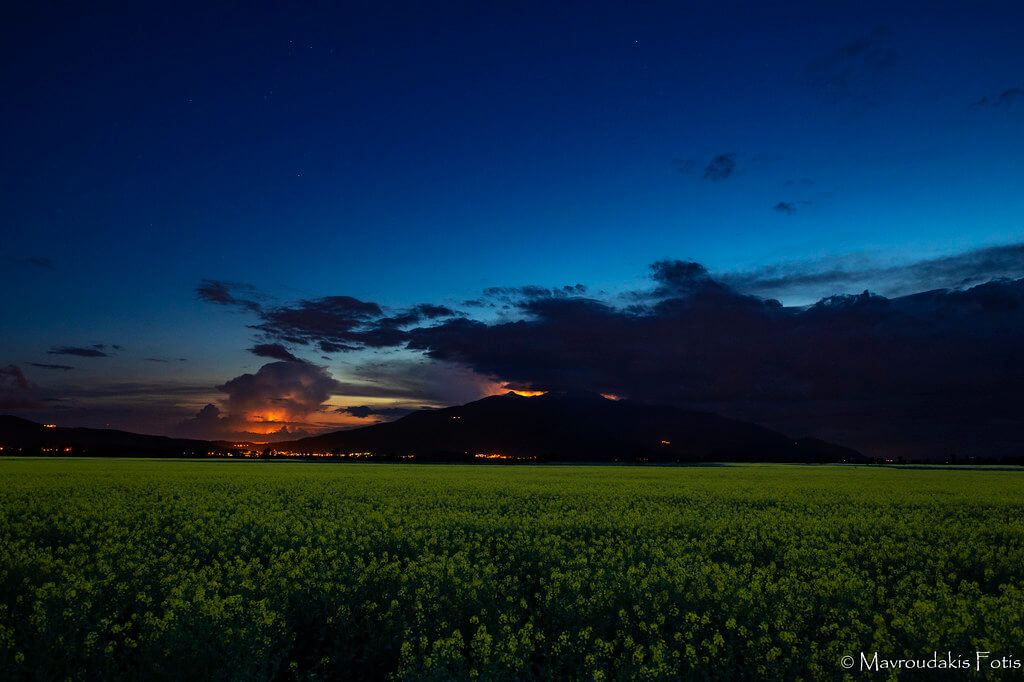
Fotis Mavroudakis – Sunflower field
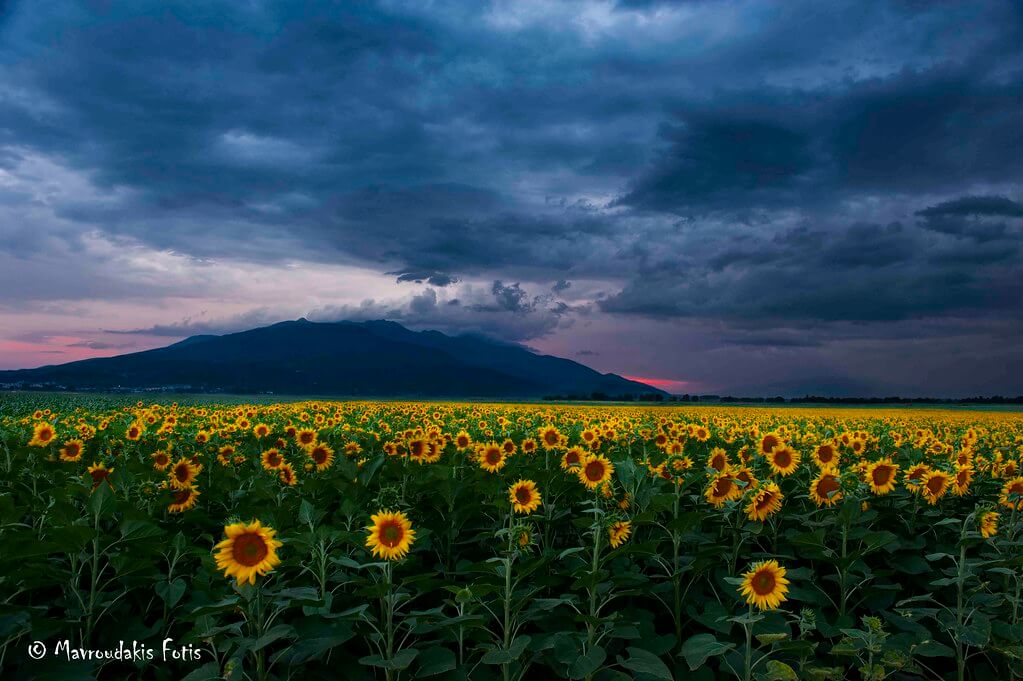
Kev Browne – Sunrise over a poppy field near Wherwell, Hampshire.
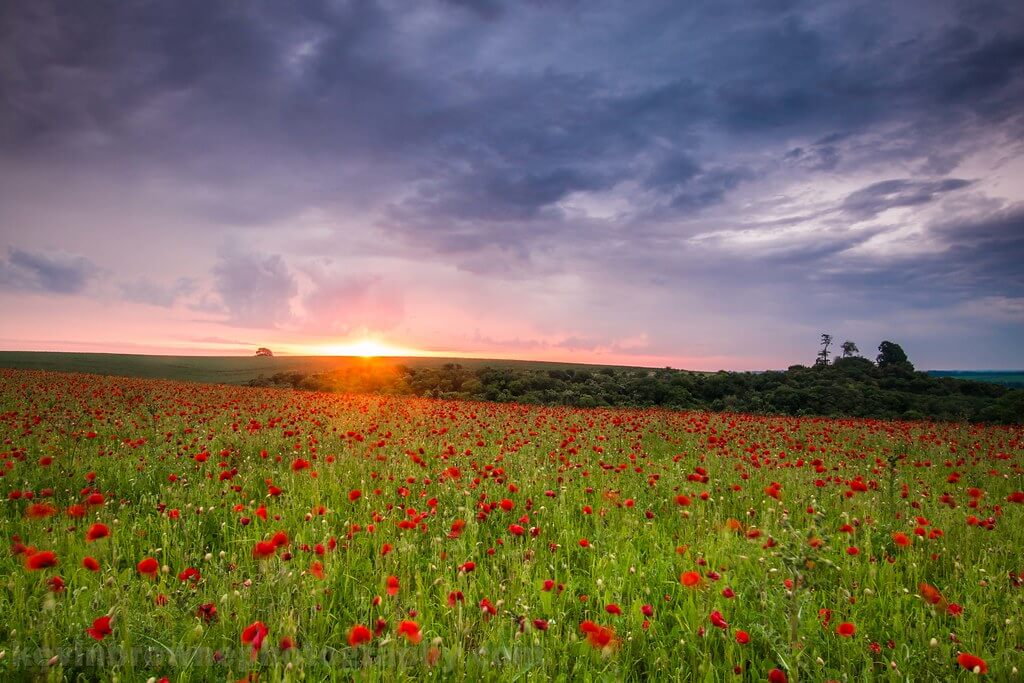
Fotis Mavroudakis – Wheat field at sunset
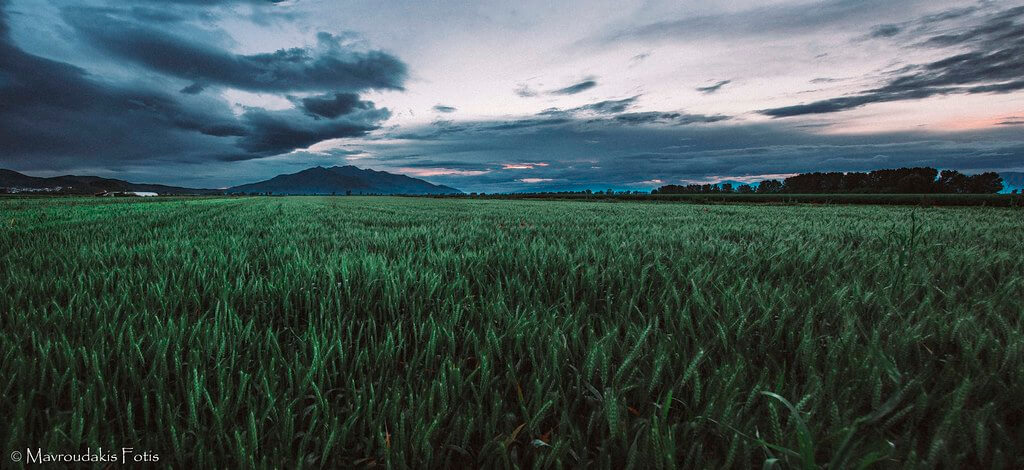
Many of the above photos were selected from our wonderful community on Flickr.
